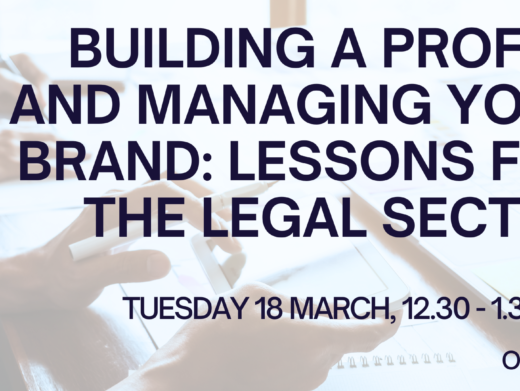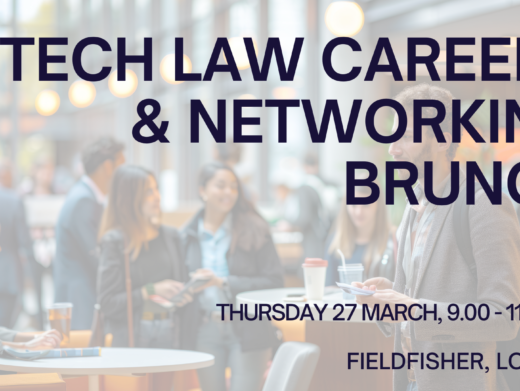Twitter: #SCLTValley
On Thursday 12th July, the Reading office of Boyes Turner LLP hosted a meeting of the Thames Valley Group on the dangers of social media. The meeting was chaired by Mark Blunden, partner at Boyes Turner, and useful presentations were provided by Neil Brown, and by Laurence Anstis and Sarah Williamson, who are both associates at Boyes Turner LLP. The meeting took a round-table discussion format, so instead of the speakers standing at the front of the room and talking at the audience, they led a discussion of the some issues that they outlined at the beginning of, and during, their respective talks.
After a short introduction by Mark, Laurence kicked off the proceedings by passing around a mind map of the various issues that arise around social media in an employment law context. He made the point that, although we have new tools, it’s the same old rules that apply. He discussed how Boyes Turner approaches its use of social media.
An attendee commented that it is very difficult to distinguish between the personal and professional online. Two of the main issues that arise are with LinkedIn – who owns the connections; and with Twitter – are you representing the firm on your own account? Even if you post anonymously, anonymous is never as anonymous as you would like it to be. The “Geeklawyer” case was discussed – the blog and tweets were taken into account by the Bar Council when they suspended “Geeklawyer” for bringing the profession into disrepute.
Laurence made the point that many people are allowed to run official Twitter feeds without much guidance or regulation.
In relation to LinkedIn, he said that clients are asking him to draft terms for employment contracts to set out who owns LinkedIn contacts, but how do you enforce such terms? Another discussion point was in the context of post-termination provisions – if you change your LinkedIn status to say that you’ve changed jobs, is that solicitation? Equally, if you don’t change your status, are you representing yourself as still working for an employer when you don’t? The discussion also covered data protection and database rights issues, as well as considering if there would be a difference if an employer paid for a premium LinkedIn account or if your role depended on your making new contacts, for example in recruitment.
Another issue that arises for lawyers is that the Solicitors Regulation Authority has issued quite draconian guidance on the use of social media and considers that there is no difference between the personal and the professional – posts would be regulated whether you post in a personal capacity or a professional one. The guidance also covers the duty of confidence – if you tweet that you are in a particular place, could someone infer that you are with a particular client? If you connect with a particular person on LinkedIn, could it be inferred that they are a client?
The discussion moved onto online promotions, with Sarah outlining some of the advertising law issues, especially CAP guidance and ASA adjudications on Twitter advertising and on the extent to which an employee can promote his or her employer’s services. She also considered social media disasters, where organisations have dealt badly with criticism on Twitter. She said that it is very easy to get the tone wrong on Twitter, when you only have 140 characters, and it is so important to get the tone right. Wading into a Twitter discussion with threats of legal remedies will do more harm than good.
The participants also discussed how tweets from overseas should be dealt with, for example should they be regulated in their country of origin, or destination, especially if they are specifically targeted at users in a particular country. Whether tweets could be spam was also considered.
Neil Brown led a discussion on the more general impact of social media, focusing on three strands: living in a filtered environment, with the pressures of social media and with the impact of being constantly connected. He made the point that many websites are customised to the viewer so with time you could be restricting your world view. For example, Amazon recommends books that you may be interested in, based on your viewing and purchasing habits, but does not offer books that may challenge you, or that you might not like.
Facebook is always trying to work out what you like, people are increasingly receiving their news from Facebook. Neil also considered the significance of the “like” button, there is neither a “dislike” nor a “this is important” button, which means that stories that are serious, but unpleasant, may not be “liked” and therefore not shared.
The BBC now tailors its content, as do newspaper websites, so you are offered articles to read that are based on other articles you have read. By following recommendations, are we actually seeing less? Should we be able to “de-filter” our websites?
Neil also considered the pressures that build up from social media, especially on children. For example, how many friends do you have? Are your friends having a more interesting life than you are? How does your online persona match your offline persona?
Finally there was a discussion about being constantly connected and being interrupted by social media. Constant connectivity probably isn’t a good thing, but being able to connect anywhere is. The participants shared some of their time and technology management skills.
Whether the law will change to deal with some of these issues was also discussed, but the point was made that sometimes the law goes even further than being a sledgehammer, in the case of the cookie law, it is a pile-driver and causes more harm than the damage it was meant to prevent.
Thanks go to all of the speakers who were able to facilitate a thought-provoking discussion of some very interesting issues and also to Boyes Turner for hosting the event.
Helen Hart is a former solicitor and is currently working as a freelance editor and writer on legal topics.




